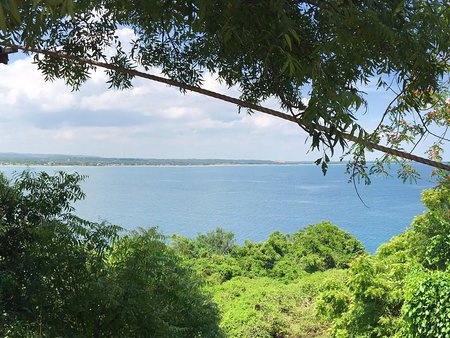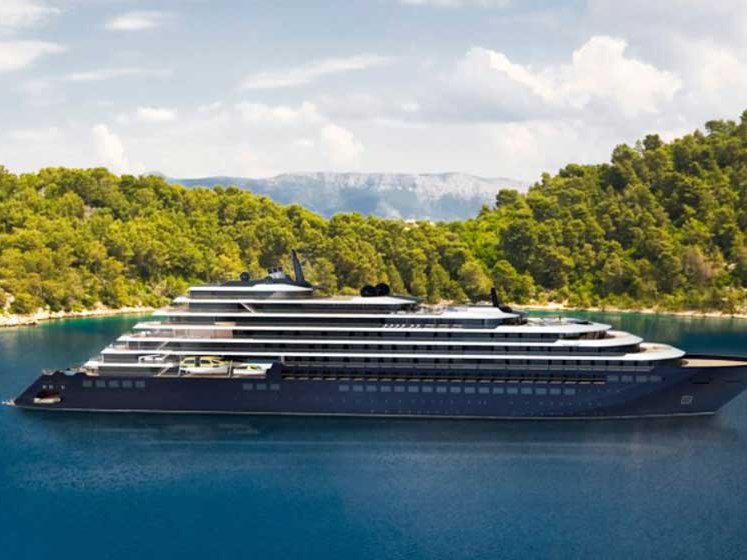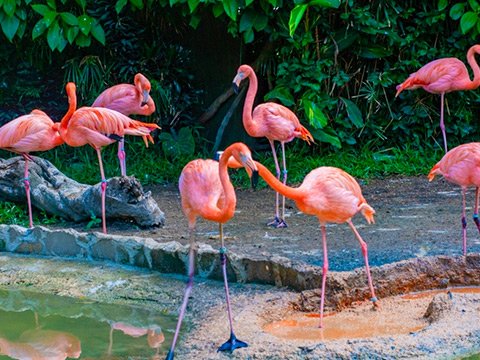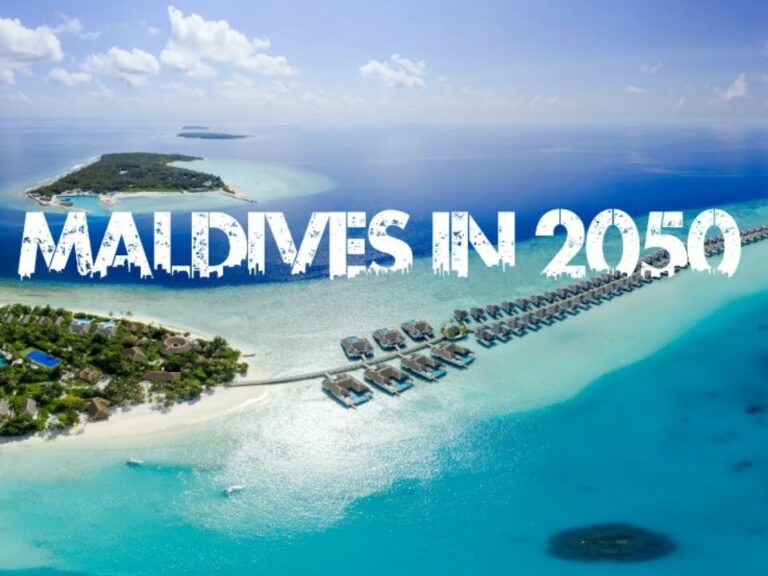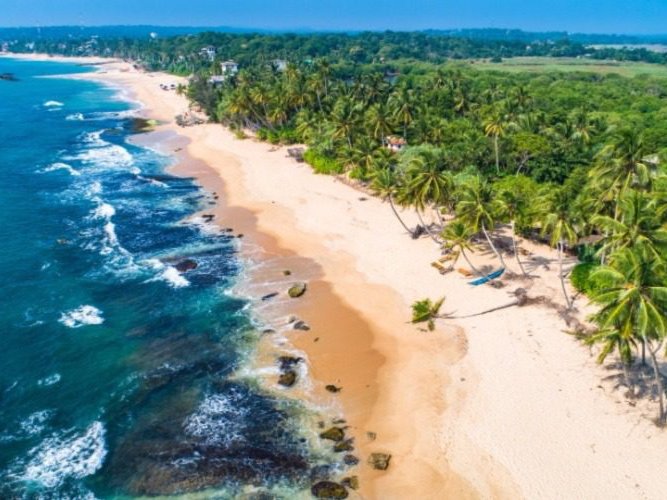From Hajj to Hospitality: Pilgrimage Lessons from Saudi Arabia for Sri Lanka’s Religious Tourism Future
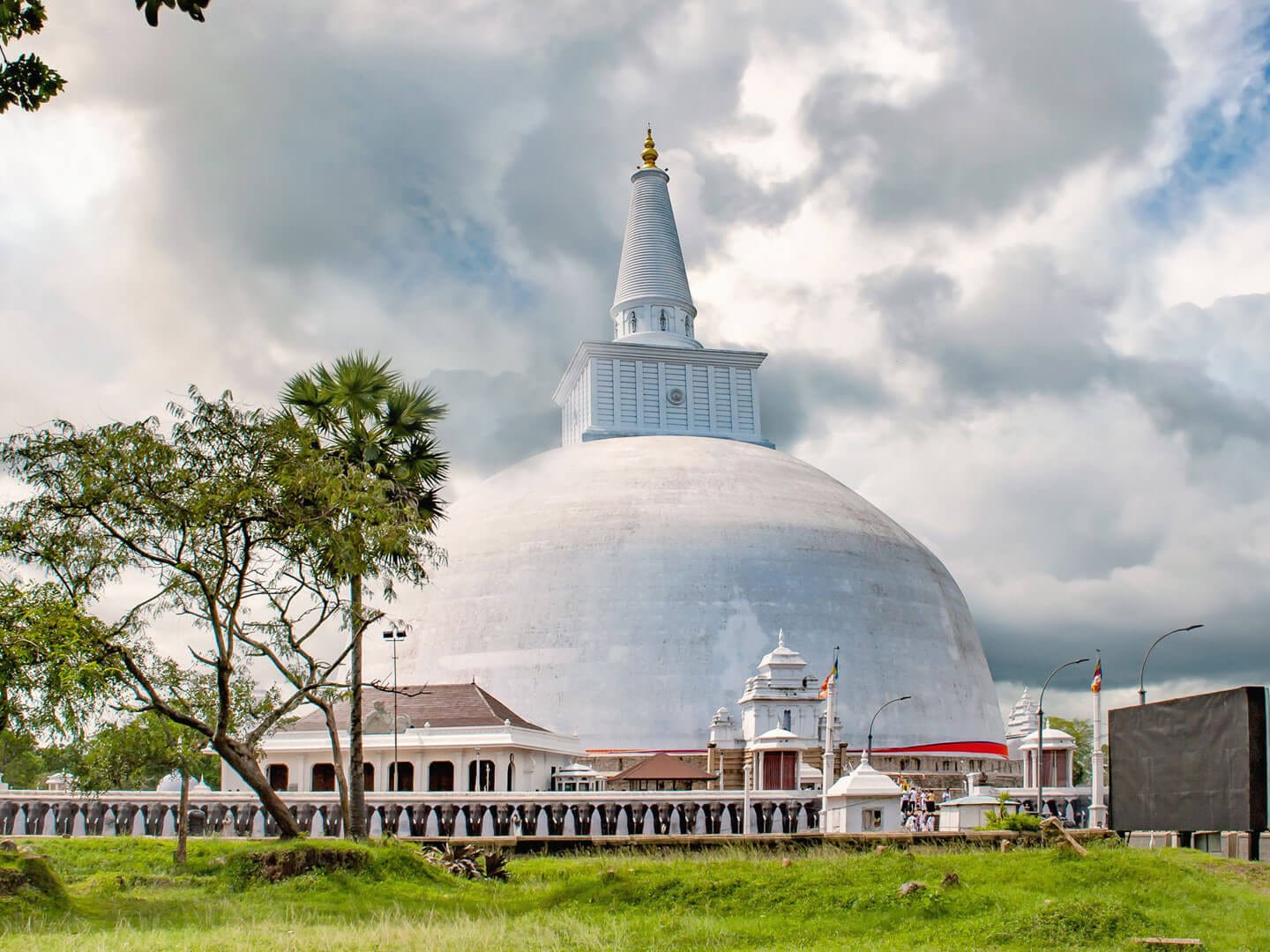
Introduction: When Faith Meets Footfall
Every year, over 2.5 million Muslims from across the globe converge on Mecca for the Hajj pilgrimage—one of the largest coordinated human movements in the world. What makes this feat extraordinary is not just its scale, but the precision, innovation, and logistical brilliance behind it. From AI-enabled crowd control, seasonal infrastructure, thermal comfort, to medical command centers, Saudi Arabia has redefined pilgrimage management.
Sri Lanka, a nation blessed with multi-faith harmony, hosts a series of deeply spiritual, large-scale festivals—Kandy Esala Perahera, Sri Pada (Adam’s Peak) pilgrimages, Madhu Church Festival, Nallur Kovil Festival, and Mihintale Poson processions—that draw millions of local and international visitors annually. Yet, these events often suffer from poor infrastructure, traffic chaos, sanitation crises, and unprepared crowd control mechanisms, which compromise both safety and dignity.
Could Sri Lanka adapt the mega-logistics of Hajj to build smarter, scalable religious tourism corridors that boost both pilgrimage experiences and tourism revenue?
Religious Tourism Snapshot: Sri Lanka vs. Saudi Arabia
When comparing religious tourism between Saudi Arabia and Sri Lanka, the contrast is stark yet enlightening. Saudi Arabia annually hosts between 2.5 to 3 million pilgrims for Hajj and around 18 million for Umrah, while Sri Lanka attracts approximately 12 million local pilgrims and an estimated 500,000 international visitors to its diverse religious sites and festivals. In economic terms, Saudi Arabia’s Hajj and Umrah operations contributed over USD 12 billion in 2023 alone, backed by a USD 8 billion pilgrimage management budget for that year. Sri Lanka, by comparison, earns an estimated LKR 180 billion annually through religious tourism, yet receives negligible national budgetary allocation for formal management. The structure is also vastly different: Saudi Arabia operates under a dedicated Ministry of Hajj and Umrah, whereas Sri Lanka lacks a centralized authority to oversee religious tourism. Moreover, Saudi Arabia employs advanced AI-driven crowd management systems, including facial recognition, drone surveillance, and sensor-based flow controls, while Sri Lanka continues to rely on manual policing and fragmented coordination, often resulting in congestion and safety lapses during peak festival times.
Saudi Arabia’s Hajj: A Masterclass in Pilgrimage Engineering
Saudi Arabia has converted centuries of spiritual devotion into a state-of-the-art operational machine.
Case Study 1: The Hajj Smart Card
Introduced in 2021, every pilgrim receives a personalized smart card linked to their identity, health status, accommodation, and travel itinerary. Using QR codes, the system facilitates:
- Real-time location tracking
- Emergency alerts
- Controlled access to holy sites
- Contactless hotel check-ins
Could Sri Lanka issue digital wristbands or QR codes for Kandy Esala Perahera attendees to avoid overcrowding and misdirection?
Case Study 2: Mashaer Metro Line
This is a 18.1 km light rail metro, built exclusively to transport pilgrims between key Hajj sites (Mina, Arafat, Muzdalifah). Capable of carrying 72,000 pilgrims per hour, it prevents dangerous human congestion.
Could a mini light rail or electric shuttle loop be created between Dalada Maligawa and Kataragama, connecting key religious zones during festival peaks?
Case Study 3: Hajj Emergency Operations Centers
Saudi’s EOCs use AI-integrated surveillance, emergency health units, and multilingual helpdesks to tackle:
- Heat strokes (through misting tents)
- Lost pilgrims (via facial recognition CCTV)
- Stampedes (via predictive modeling)
Why not deploy drone-based thermal mapping for Sri Pada’s night-time ascents, to prevent fatigue and locate stragglers?
🇱🇰 Sri Lanka’s Religious Corridors: Sacred Yet Strained
Sri Lanka is blessed with sacred cities and pilgrimage magnets. But most of them buckle under seasonal pressure.
Case Study 4: Kandy Esala Perahera (1M+ attendees)
Despite being a UNESCO heritage procession, visitors report:
- 4-hour traffic delays
- Plastic pollution crisis
- Lack of toilets (1 per 2,000 people in peak areas)
- No centralized medical or security hubs
With an estimated 1.1 million pilgrims in 2024, why hasn’t Kandy developed temporary skywalks, tiered seating zones, and crowd flow zoning, inspired by Mecca’s Jamarat Bridge?
Case Study 5: Sri Pada (Adam’s Peak)
Attracting over 2.5 million pilgrims annually, this sacred climb becomes treacherous at night:
- Poor lighting
- Cold exposure fatalities
- Lack of toilets along the trail
- No real-time tracking for missing climbers
GPS tagging and thermal shelters with basic healthcare, modeled after Saudi’s desert rest pods, could save lives.
Case Study 6: Madhu Church Festival
Over 400,000 Catholic pilgrims gather at this jungle site every August. But roads are crumbling, sanitation is poor, and vendors encroach holy zones.
Why not create a seasonal mobility plan like Saudi’s rerouted bus lanes, vendor zoning, and waste management outposts?
Seven Key Adaptations for Sri Lanka
1. Create a National Religious Tourism Task Force
Saudi Arabia’s Hajj Ministry collaborates with 30+ agencies. Sri Lanka needs a multi-faith tourism board under the Tourism Ministry, integrating:
- Transport Ministry
- Provincial Councils
- Defence and Police
- Environment & Sanitation Units
- Religious Clergy Representatives
2. Seasonal Infrastructure Planning
Temporary modular toilets, drone surveillance towers, plastic-free zones, and hydration posts must be pre-installed before festival windows. Saudi’s model of pop-up sanitation and health centers is ideal.
3. Digital Pilgrim Passports
Issue smart pilgrim passes with QR codes to:
- Track entry points
- Manage vendor access
- Stagger crowd entry
- Register foreign pilgrims digitally
4. Tech-Integrated Crowd Monitoring
Sri Lanka should pilot facial recognition and real-time crowd flow data using university-led AI labs. This is feasible at major events like Nallur and Mihintale.
5. Green Pilgrimage Corridors
Follow Saudi’s new “Green Hajj” initiative by:
- Banning single-use plastics
- Deploying solar lights
- Offering bio toilets
- Planting commemorative trees for each pilgrim group
6. Pilgrim Insurance & Medical Booths
Hajj pilgrims receive mandatory health checks and insurance. Sri Lanka must mandate mobile emergency units, particularly for senior citizens and children during pilgrimages.
7. Faith-Driven Tourism Promotion
Just as Saudi promotes Hajj as part of a Vision 2030 economic diversification, Sri Lanka must market its religious diversity:
- Sacred Buddhist Triangle: Mihintale – Dambulla – Anuradhapura
- Catholic Pilgrimage Trail: Madhu – St. Anne’s – Duwa Passion Play
- Hindu Spiritual Loop: Nallur – Munneswaram – Kataragama
- Islamic Heritage Sites: Dawatagaha Mosque – Beruwala – Kattankudy
The Economic and Ethical Edge
Religious tourism is recession-proof. In times of uncertainty, people turn to faith. Countries that invest in safe, dignified pilgrimage experiences not only protect heritage but unlock a massive economic multiplier.
- Job Creation: Temporary staffing, transport, hospitality, local guides
- Vendor Boosts: Food, flowers, religious goods
- Foreign Exchange: Diaspora pilgrim packages and cross-border spiritual tours
But this must be done ethically—respecting sacredness, avoiding commercialization of rituals, and ensuring access for all income groups.
Legal and Cultural Safeguards
- All infrastructural changes should pass religious council approvals
- Respect local traditions and environmental sanctity
- Involve clergy, temple boards, and local communities
- Ensure language accessibility for Tamil, Sinhala, and English pilgrims
Conclusion: Pilgrimage as Policy, Not Periphery
Sri Lanka does not need billion-dollar metros overnight. But what it does need is a national mindset shift—to treat pilgrimage logistics not as an annual headache, but as a strategic economic, spiritual, and diplomatic opportunity.
By adapting Saudi Arabia’s Hajj playbook with respect and relevance, Sri Lanka can turn its sacred geographies into smart tourism corridors—without ever sacrificing spiritual depth.
Let us walk in faith, but plan with foresight.
Disclaimer
This article has been authored and published in good faith by Dr. Dharshana Weerakoon, DBA (USA), based on publicly available data, professional experience, and industry insight. It is intended solely for educational, journalistic, and public awareness purposes.
The author accepts no responsibility for any misinterpretation, adaptation, or misuse of the content. Views expressed are personal and do not constitute legal or financial advice.
This article complies with the Intellectual Property Act No. 52 of 1979, the ICCPR Act No. 56 of 2007, and relevant data ethics. ✍ Authored independently and organically—not AI-generated.
Further Reading: https://dharshanaweerakoon.com/fathom-five-fisheries-pioneering-underwater-culinary-journeys-in-trincomalees-historic-shipwreck-alley/

